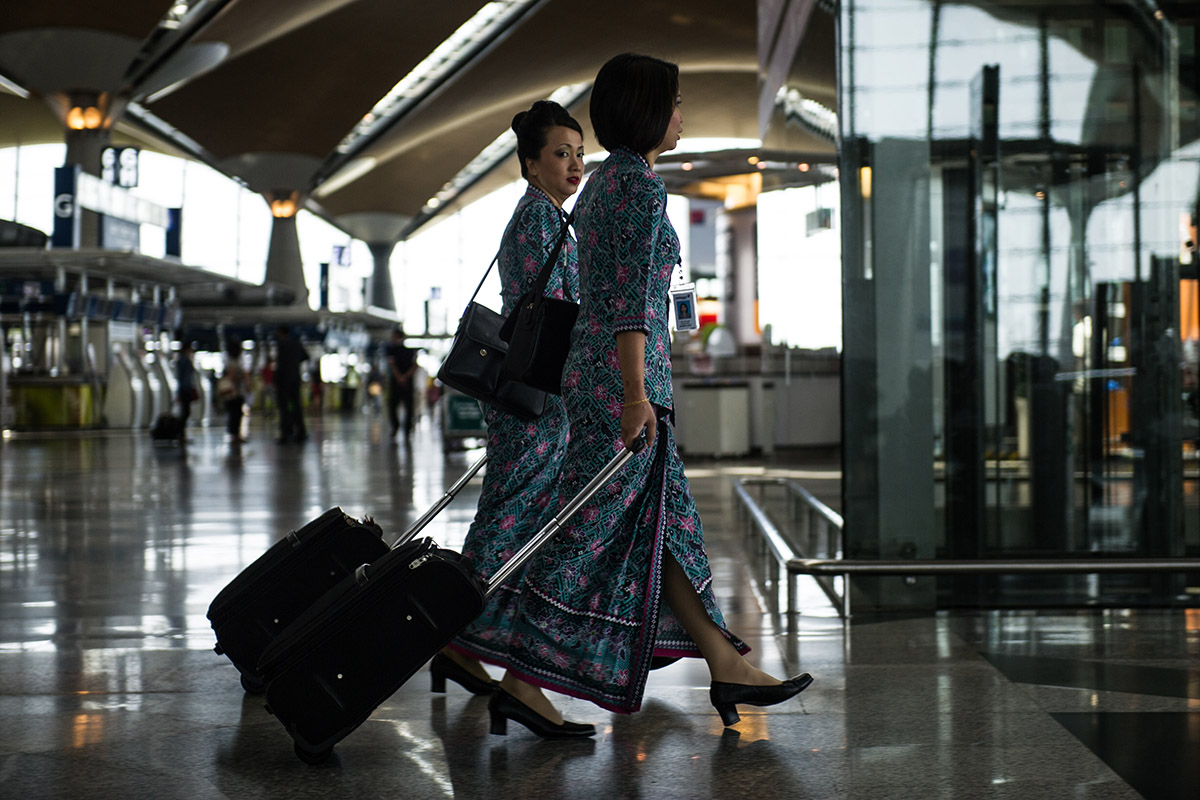More and more Southeast Asian countries are upgrading their existing airports, as well as building new ones. Southeast Asian governments can manage airport capacity in one of two ways: build mega-hub airports or construct smaller, optimum-sized airports which can be scattered across the country.
Indonesia, for one, is spreading its airport construction to smaller islands. It is slated to open Kertajati International Airport in West Java in mid-June of 2018. The new airport is built across a land area of 1,800 hectares and will have a capacity of 2.7 million passengers per year.
“Soekarno-Hatta is too crowded, so we hope Kertajati can ease congestion especially during the holiday season,” said Benny Butarbutar, a spokesperson for low-cost airline carrier Citilink in March.
Airport funding in outback areas, however, is difficult to come by without the involvement of private investors. This source of investment for regional airport projects, however, is currently doubtful after Indonesia’s Ministry of Transportation recently scrapped plans to invite private sector investment into the Kertajati project. It instead decided to go with capital injections from state-owned airport operator, Angkasa Pura II, as well as a mutual fund managed by a state-owned securities firm.

Source: Skytrax, 2017
Meanwhile, Singapore is partially funding its Changi East project through the imposition of an Airport Development Levy of SG$10.80 for outbound passengers, in addition to a Passenger Security & Service Fee of SG$2.50. The Singapore government has also contributed about SG$9 billion to the project thus far. In total, the entire project is estimated to cost tens of billions of dollars.
Changi Airport, along with Thailand’s Suvarnabhumi, are the only two Southeast Asian airports out of 20 in the world that handle more than 60 million passengers a year, according to the Centre for Aviation. Malaysia’s KLIA and Indonesia’s Soekarno-Hatta are also projected to handle at least 60 million passengers in 2018.
Some countries, such as the Philippines, are looking at proposals put forward by consortiums and infrastructure development groups either to redevelop existing airports or build new ones in exchange for concessions.
One such proposal, worth US$6.75 billion was put forward by a seven-member consortium in February 2018 to expand the capacity of Ninoy Aquino International Airport (NAIA) from 31 million passengers annually to 100 million. In exchange, the consortium seeks to operate the upgraded airport for 35 years, after which airport operations would revert back to the Philippine government.
“The (current) airport is congested and is providing a service to passengers which is generally below the standards of other hubs in the region,” Brendan Sobie, an analyst for the Centre of Aviation told the Nikkei Asian Review in March 2018. The NAIA welcomed 42 million passengers through its gates in 2017.
Such an upgrade to the NAIA is likely to make it a regional hub, encompassing a fully integrated, premier gateway to the region, said Jose Emmanuel Reverente, a spokesperson for the consortium.
In December 2017, Malaysia Airport Holdings Berhad said it too is looking to develop a multi-modal business core and integrated city known as the KLIA Aeropolis. A new, third terminal is also in the works over the next five years, according to reporting by Bernama this month.
“We are looking at the new terminal to be called KLIA3 at the borders of Runway 3 and 4. We have to make a decision and build within the next five years,” said Datuk Badlisham Ghazali, managing director of Malaysia Airport Holdings Berhad (MAHB).
The Philippines is also looking at a separate proposal, submitted by Sangley Airport Infrastructure Group Inc. for the development of the Philippine Sangley International Airport (PSIA). This envisions the development of an aerotropolis district and will include office towers, service buildings, hotels and conference centres, among other infrastructure.
This development will “…put the Philippines on par with other progressive countries in Asia in terms of airport infrastructure,” the group said in a statement released to the media. The Philippines government has not as yet accepted any of the proposals submitted to it.
Although Southeast Asian airports are on the cusp of becoming hubs within the region, there remains, at the moment, a need for adequate planning. This is especially where funding is concerned. Although regional airport operators can look to more developed countries for inspiration, the opportunities afforded by digitalisation in this day and age should also enable Southeast Asian countries to do even more.
